The Federal Energy Management Program's (FEMP) new annual FEDS Spotlight recognition program was launched and presented at the 2017 Energy Exchange.
The 2017 honorees were selected by a combination of federal agencies and FEMP staff members and recognized by agency leadership and peers as federal energy champions who embody the principles of efficient and innovative energy, water, and fleet management by connecting, collaborating, and conserving.
- Connect: Federal employees who communicated ideas and messages to promote and share energy, water, and fleet efficient best practices with their colleagues that are helping agencies meet federal energy, water, and fleet management goals.
- Collaborate: Federal employees who formed partnerships with internal and external organizations, working toward policies, procurements, and practices that are helping agencies reach federal energy, water, and fleet management goals.
- Conserve: Federal employees who developed and implemented programs, projects, and procurements that are helping agencies make progress toward meeting federal energy, water, and fleet management goals.
The inaugural FEDS Spotlight recognition ceremony to celebrate the achievements of these federal energy champions was held at the Energy Exchange 2017 in Tampa, Florida, on the evening of Wednesday, August 16, 2017.
2017 FEDS Spotlight Honorees
Read about the 2017 FEDS Spotlight honorees by agency.
Sharon Conger
As the national program manager for the General Services Administration's National Deep Energy Retrofit program, Sharon guided the agency to become a leader in using alternatively financed projects to achieve deep energy retrofits, using an enterprise-level organization to select and develop projects while collaborating with sites for implementation.
Rick Hamilton
Rick is a critical member of the GSA National Capital Region team, collaborating with staff at 7 agencies at 18 federal buildings to implement GSA’s Capital Solar Challenge and demonstrate federal leadership to employ solar energy, helping to conserve energy resources while serving as a model for other federal procurements.
Lucas Mann
Even with limited knowledge of utility energy service contracts (UESC) Lucas connected energy management and contracting staff at GSA and his serving utility to aggregate three different GSA courthouses into one $11 million UESC task order, helping to streamline the process and initiate a new best practice for future utility contracts.
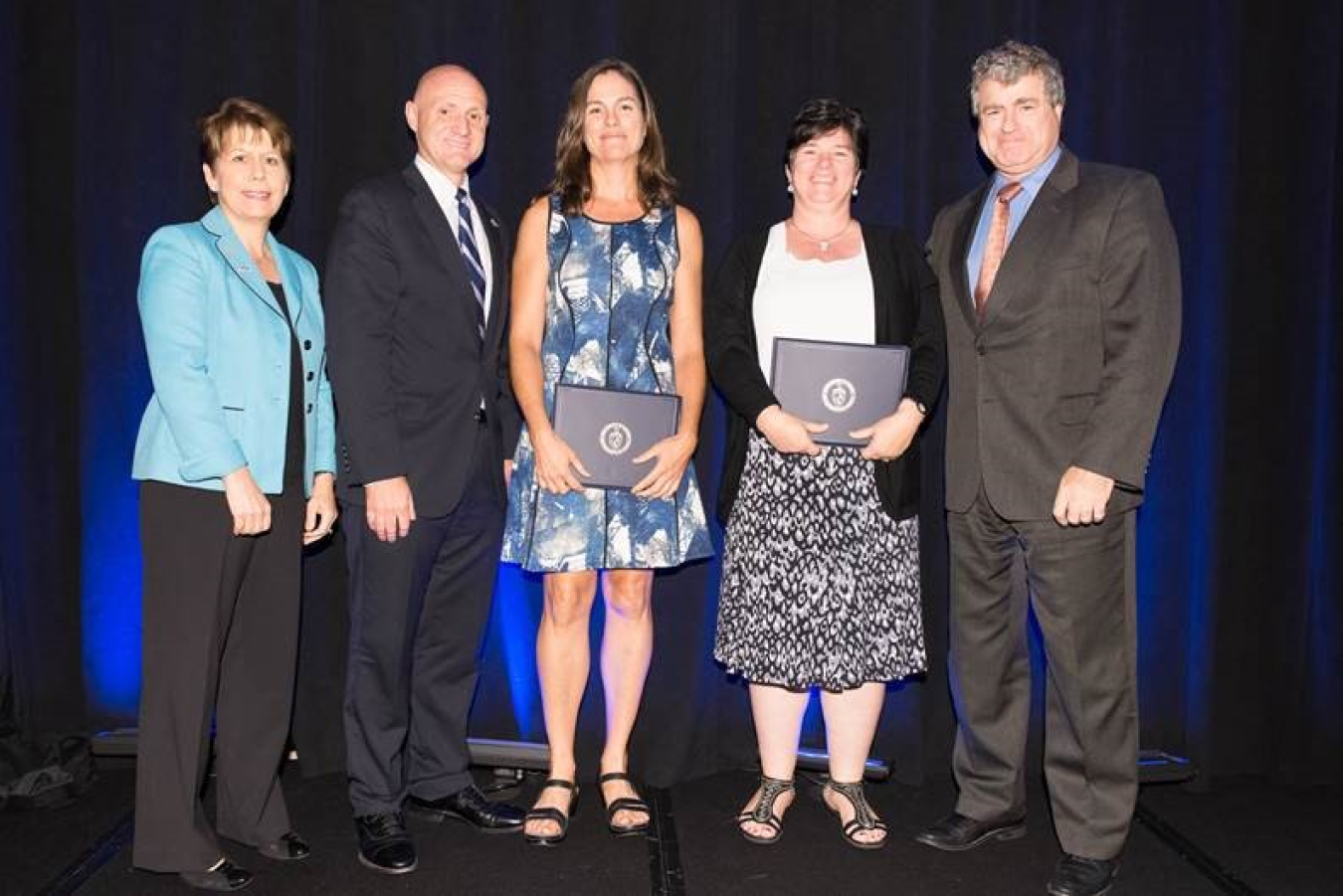
Jennifer Groman and Joan Hughes
Jennifer and Joan successfully connected the National Aeronautics and Space Administration (NASA), FEMP, the National Renewable Energy Laboratory, and private sector staff to collaborate and develop the first-ever, agency-wide strategic energy investment plan to determine how NASA can best identify, utilize, and implement appropriations and third-party financing from fiscal year (FY) 2017 to FY 2025.
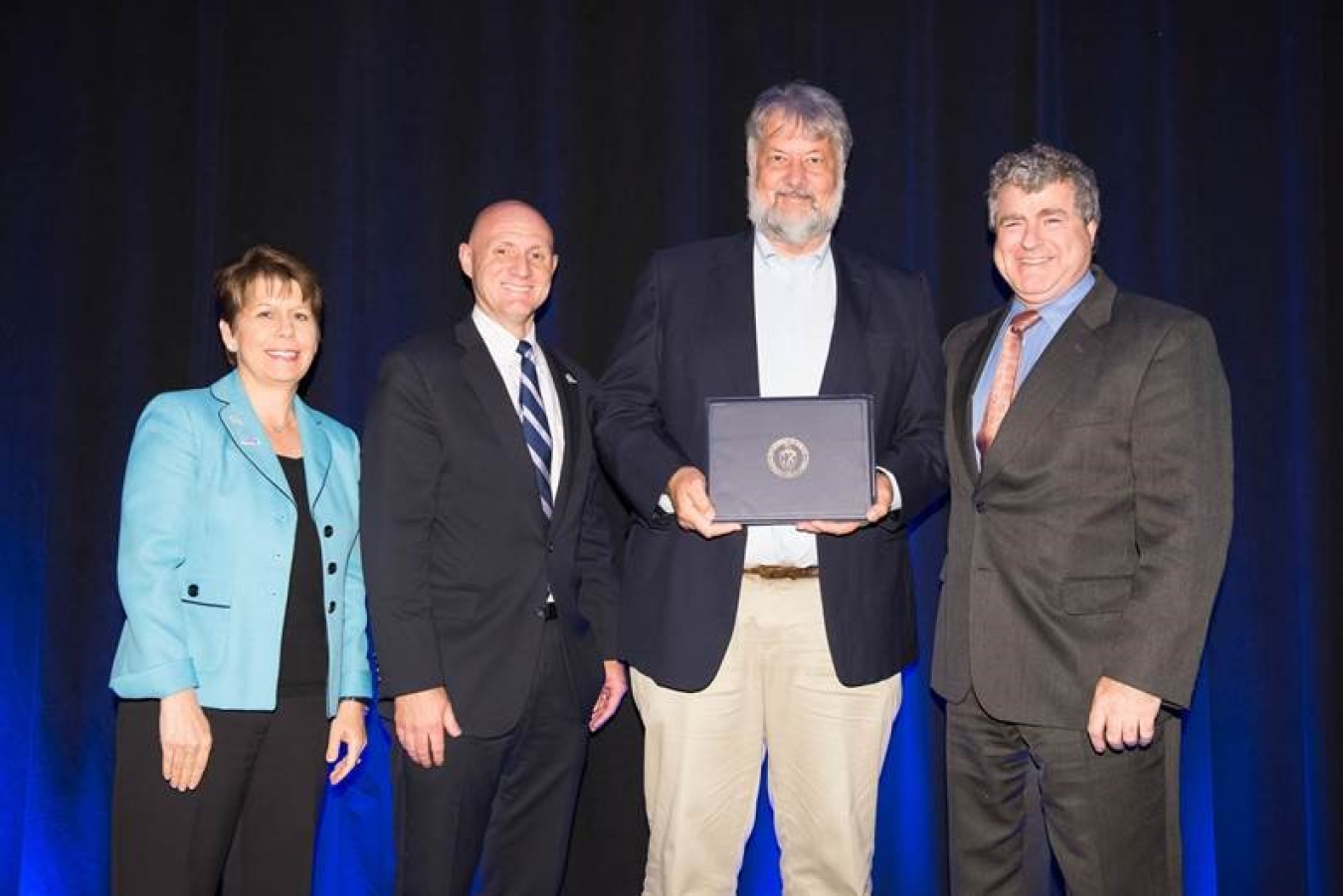
Sandy Morgan, Agricultural Research Service
Sandy is an expert collaborator and connector for the U.S. Department of Agriculture, tirelessly supporting multiple energy and water conservation programs, projects, and procurements by creating effective cross-disciplinary working teams, integrating each member’s ideas and concerns so they feel included, informed, empowered, and motivated to support the work.
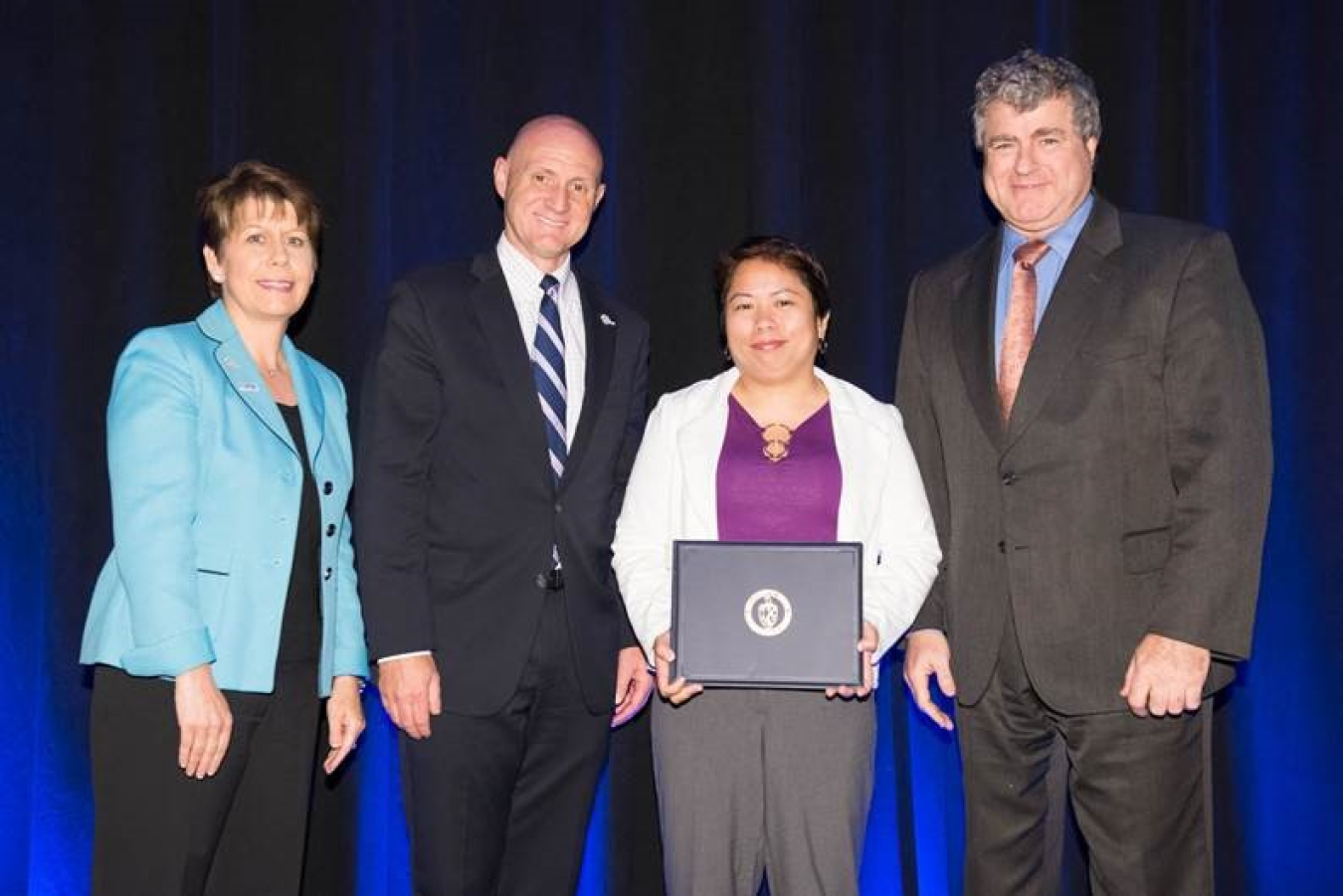
Aida Roxas, National Oceanic and Atmospheric Administration
Aida took the initiative to pilot the National Oceanic and Atmospheric Administration (NOAA) headquarters’ participation in its regional transmission organization’s demand response offering, successfully obtaining almost $20,000 from the program, and connecting with regional sustainability managers to spread the lessons from this pilot for participation from other NOAA facilities.
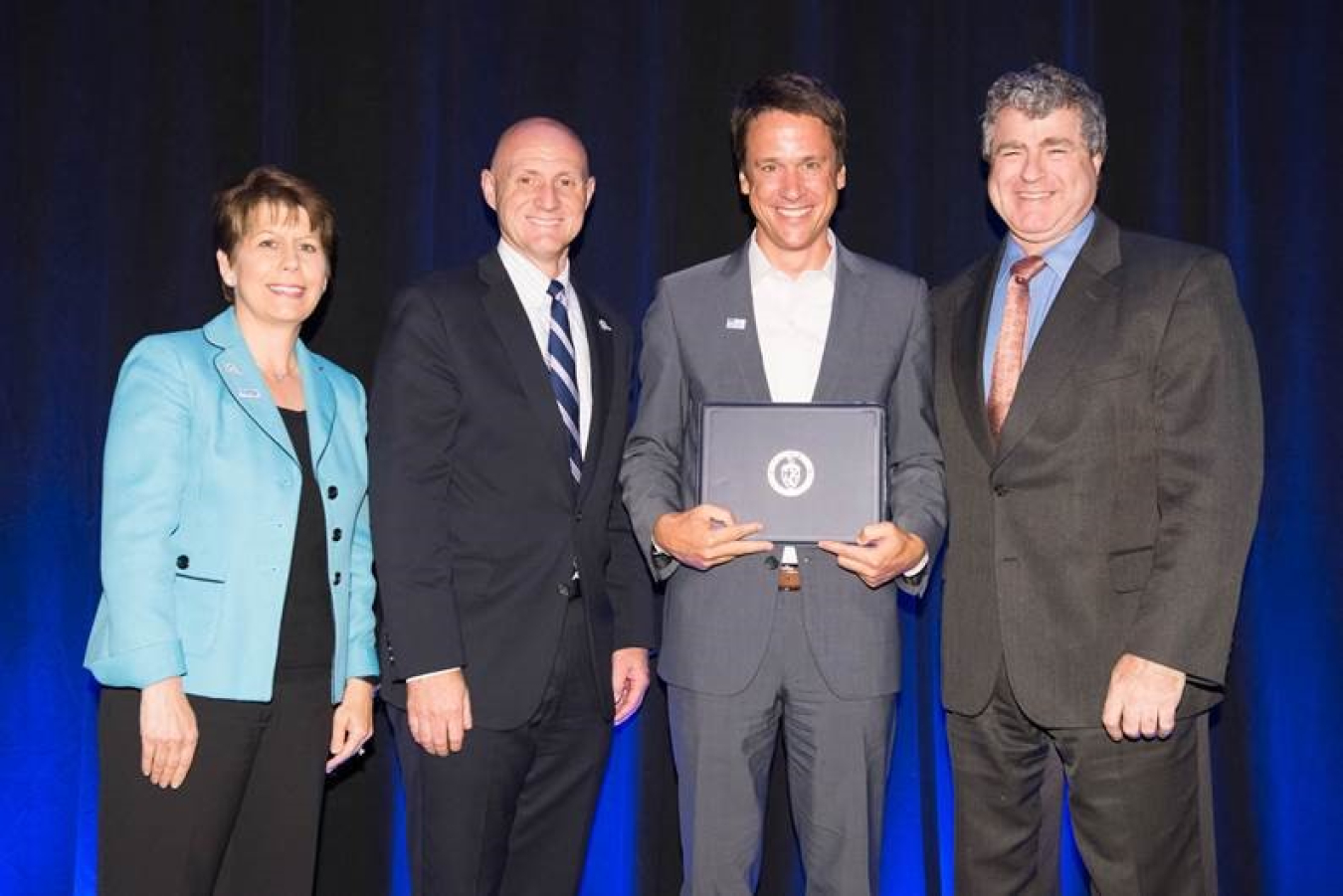
Shawn Bennett
Shawn has taken the lead on the Air Force's innovative approach towards energy-as-a-service. This re-alignment to the Air Force's energy procurement and management functions looks to more effectively provide adequate, efficient, reliable, and resilient energy supplies.
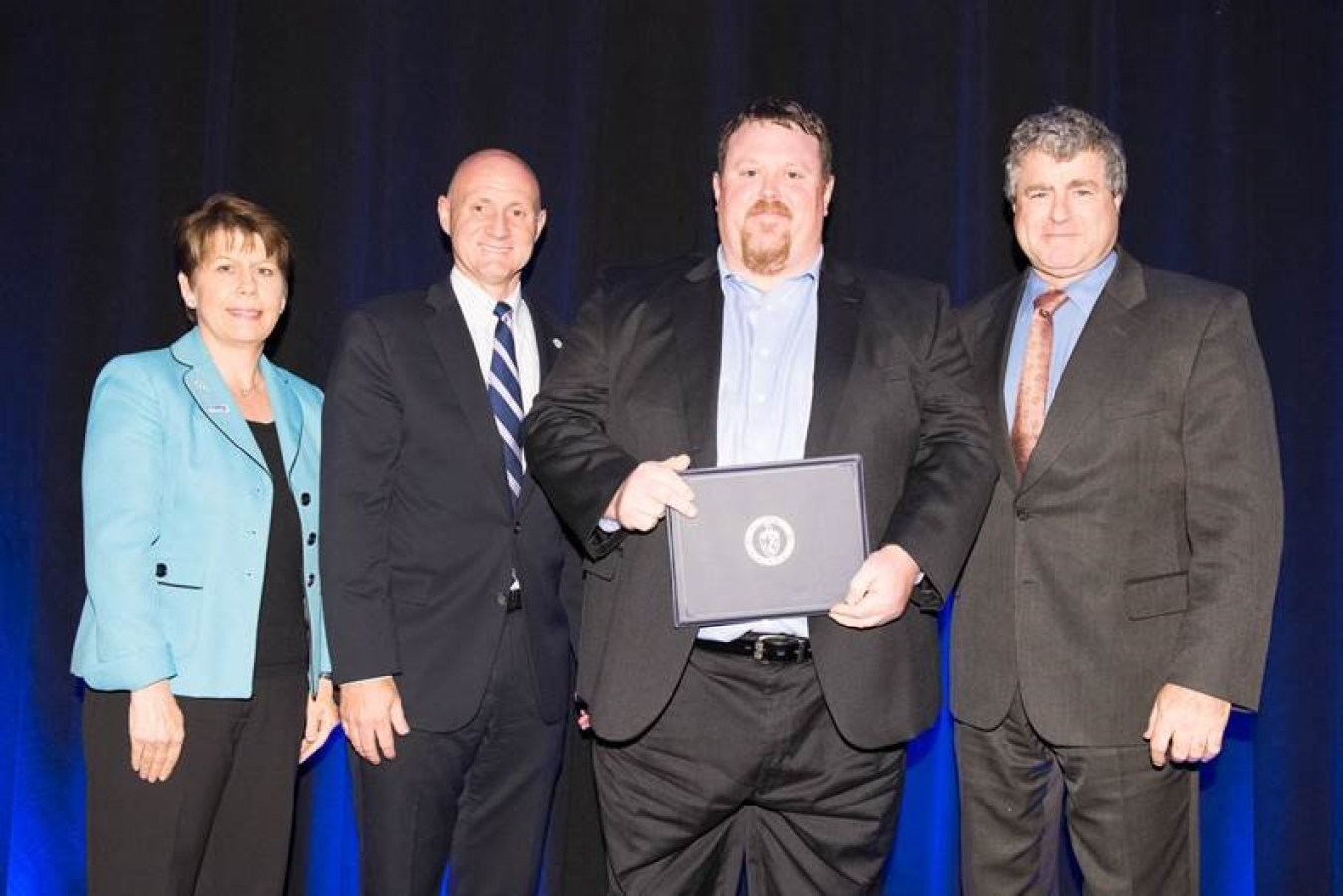
Corey Norcross, Headquarters, U.S. Army Installation Management Command
Corey Norcross connected with principals and counterparts across the Army and the Corps of Engineers to resolve issues associated with metering sustainment, hardware, and software, and bridged communication gaps to improve the execution of the Army’s Energy Resilience and Conservation Investment Program for project design and construction.
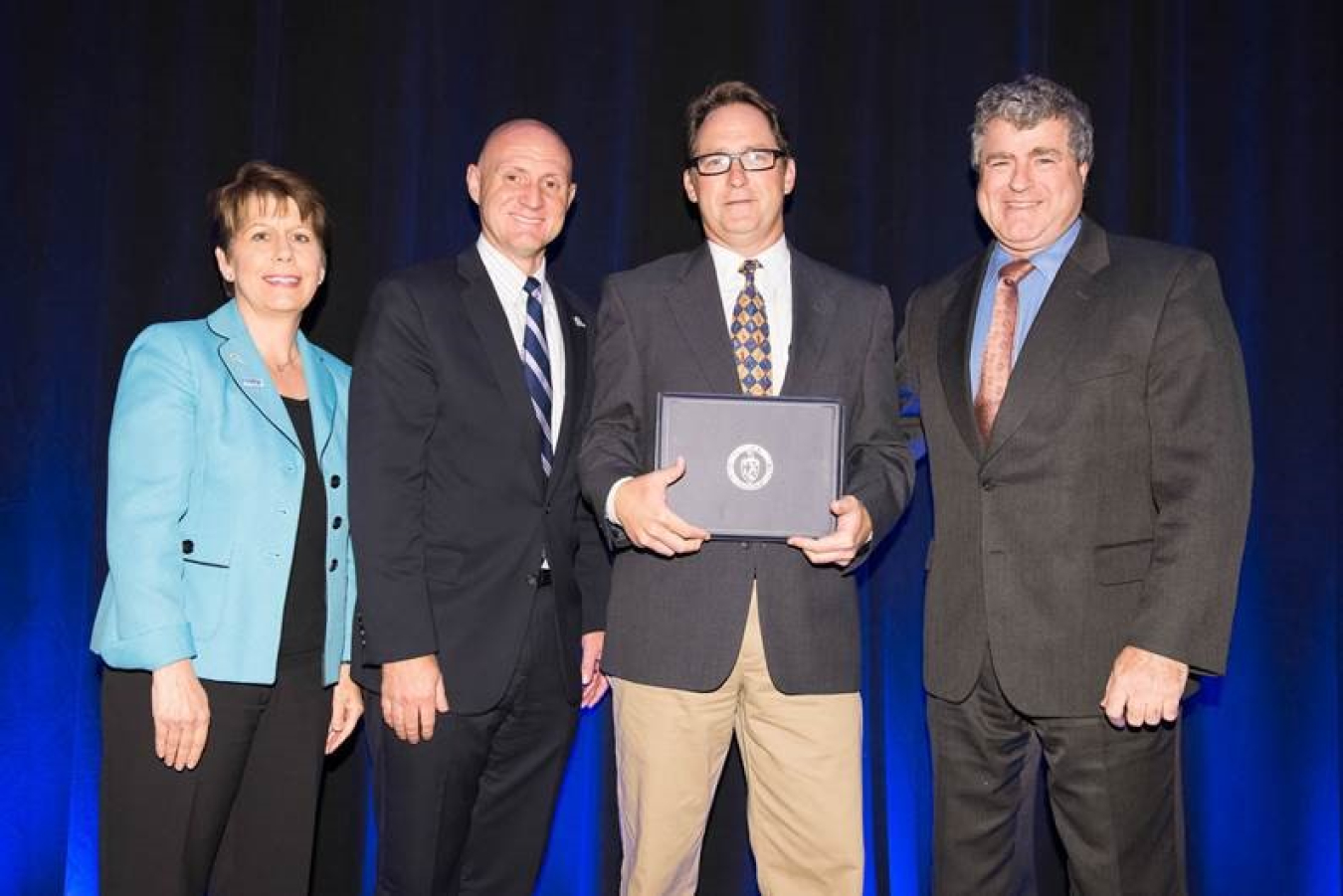
Greg Vallery, Fort Hunter Liggett
Greg established Fort Hunter Liggett as one of the Army’s first net zero sites, collaborating with the U.S. Department of Energy’s (DOE) Pacific Northwest National Laboratory to install 8 MW of solar photovoltaic and micro-grid systems, and partnering with other DOE labs, Army Huntsville’s Center of Excellence, the Electric Power Research Institute, and the local utility to implement additional energy security projects.
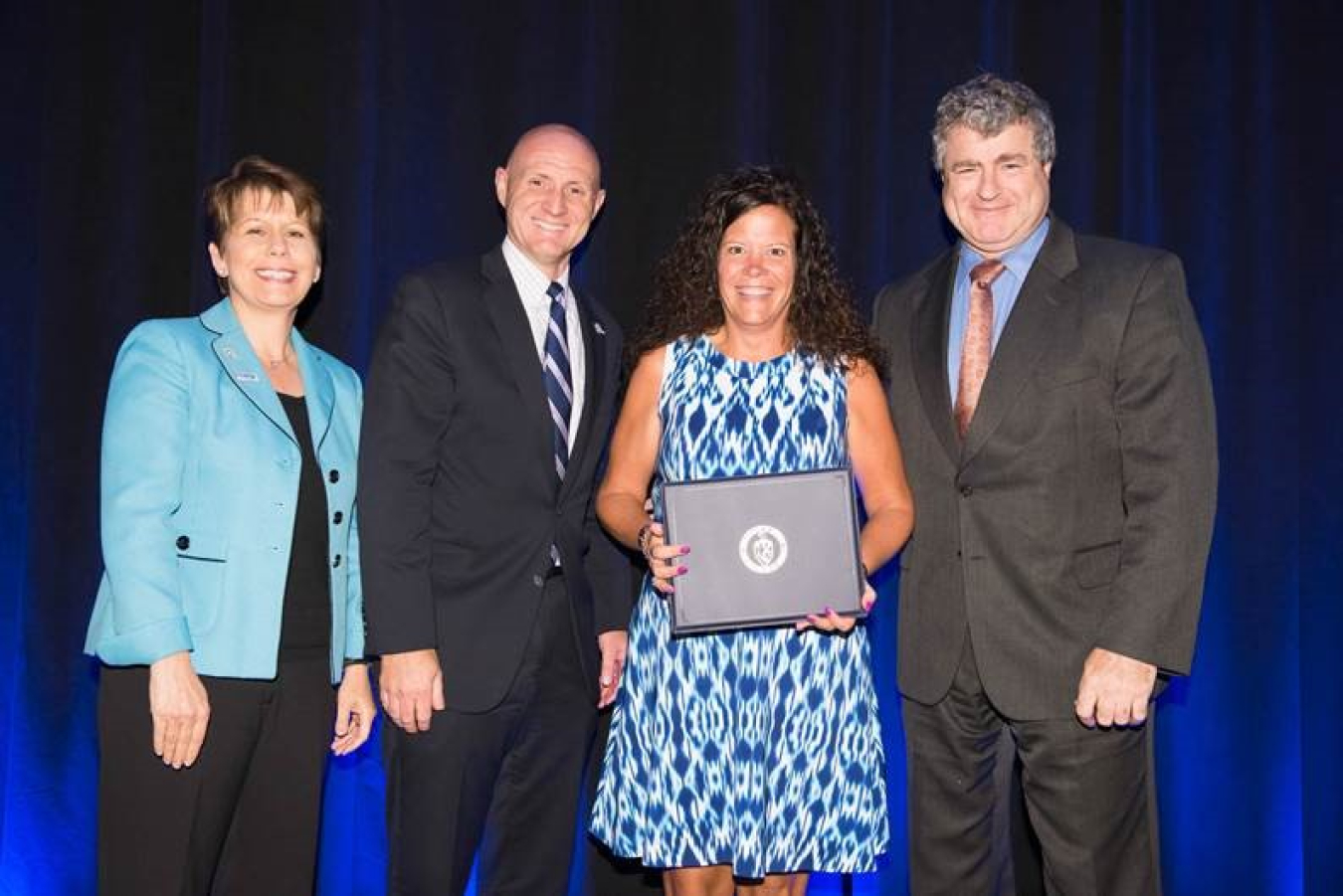
Andrea Kincaid, DLA Energy
Andrea collaborated with Fort Hood, the Army’s renewable energy program office, and the contractor to complete a 65 MW solar and wind project at Fort Hood—representing the Army’s largest renewable energy project to date, as well as U.S. Department of Defense’s (DOD) first hybrid project—expected to avoid more than $168 million in energy costs over the 29-year contract term.
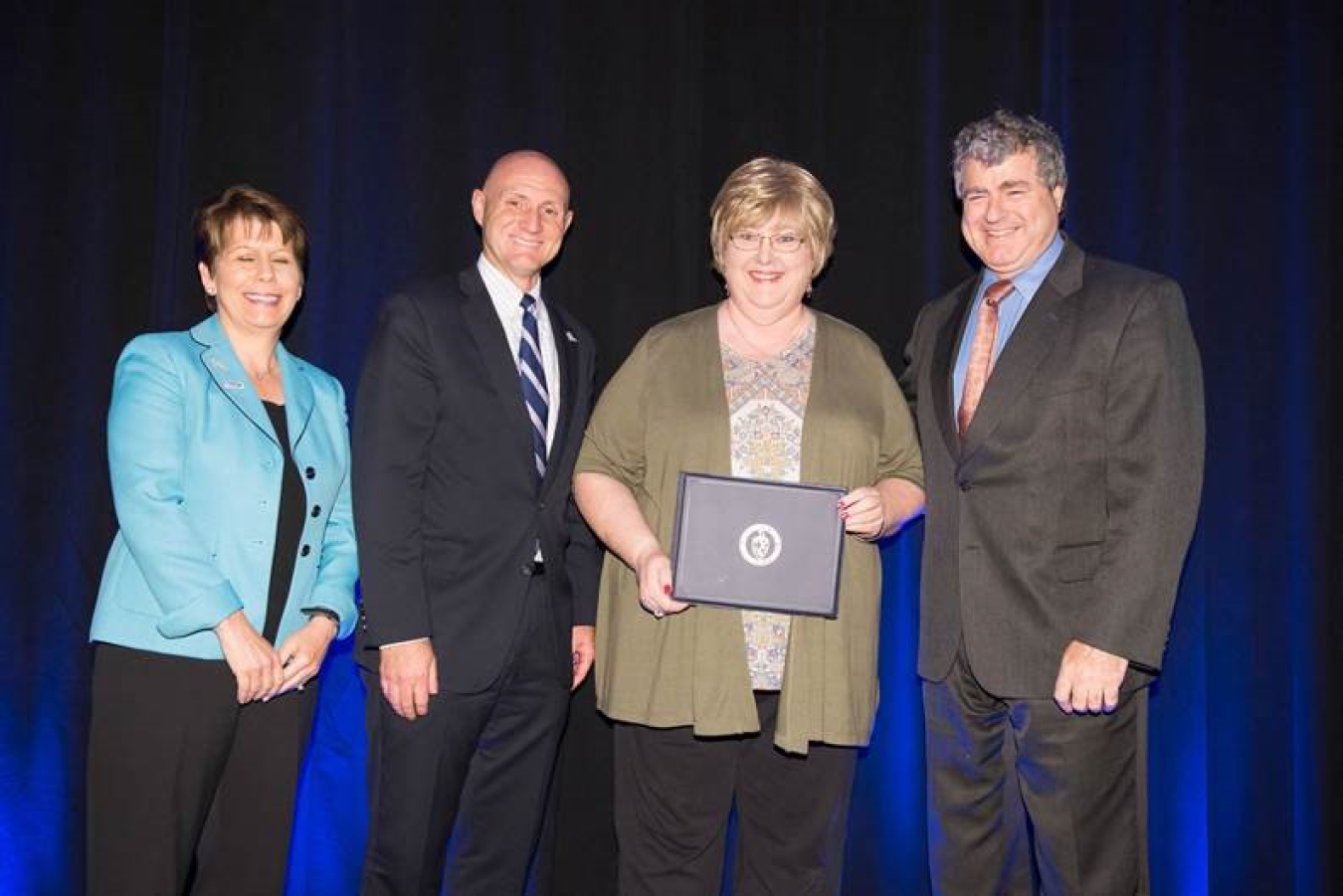
Cynthia Obermeyer, DLA Energy
Cynthia connected a multi-faceted government team to lead the largest energy savings performance contract award in Air Force history and across the federal government—valued at $649 million over 25 years—expected to reduce energy and water consumption at Tinker Air Force Base, Oklahoma, by 35% and 9% respectively.
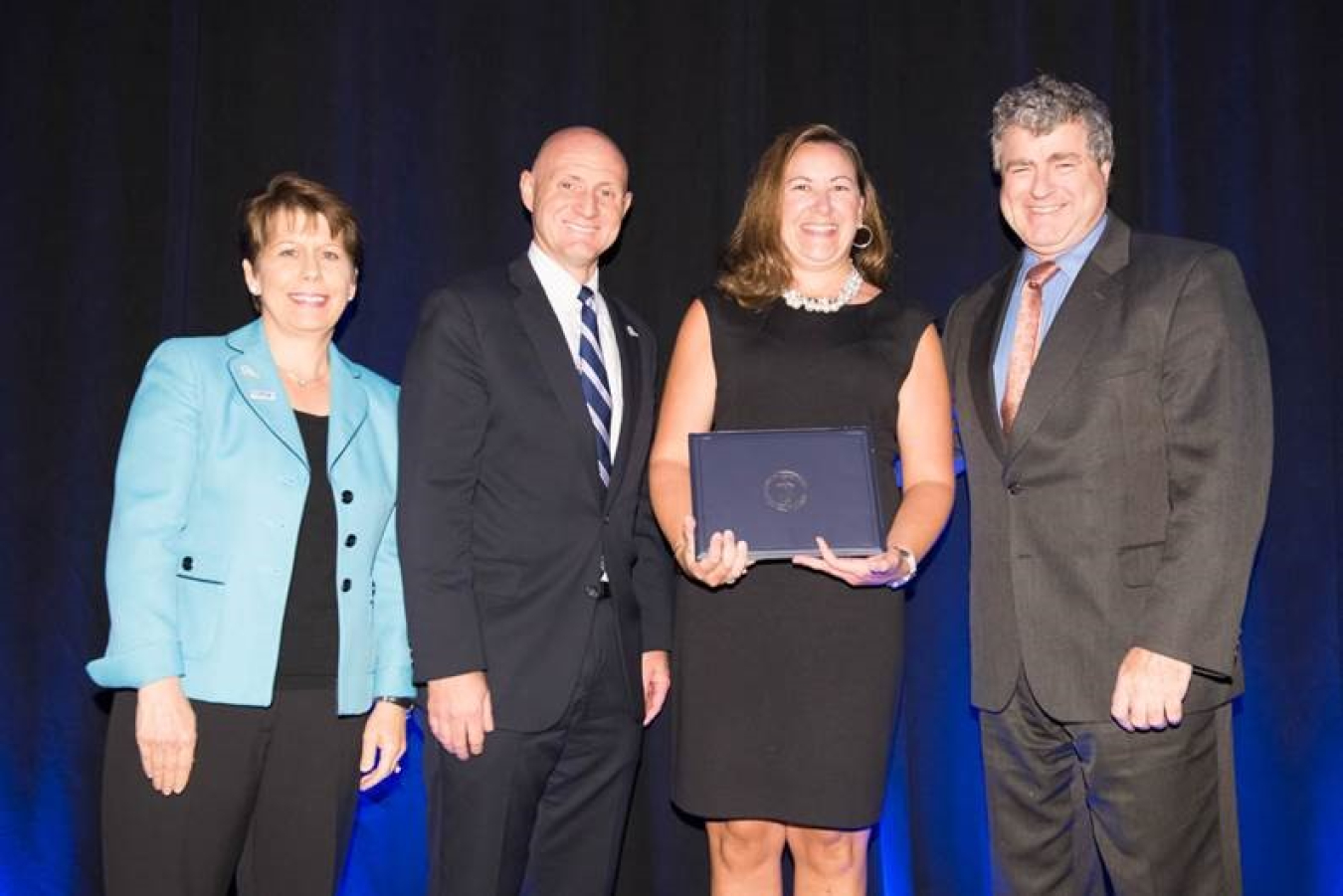
Cynthia Ralph, DLA Energy
Collaborating and engaging with Air Force stakeholders throughout the contracting process, Cynthia recently awarded the Air Force’s largest solar project to date at 28.2 MW, expected to provide up to 35% electrical needs and more than $20 million in savings to Vandenberg Air Force Base over the life of the contract.
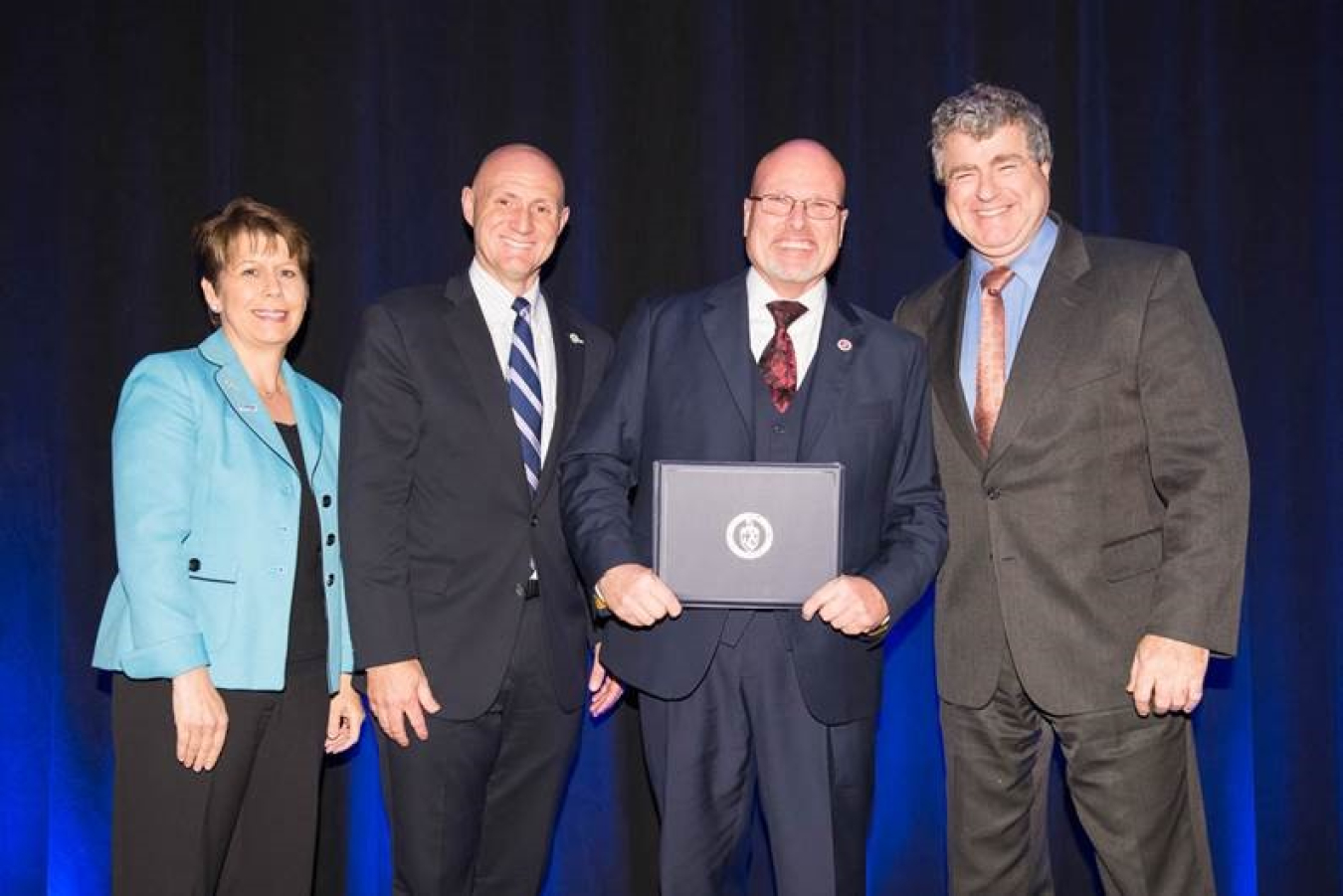
Randy Monohan, U.S. Marine Corps
Randy is the Marine Corps’ champion in the development of resilient projects that conserve energy at all 24 bases, including work on a net zero effort at Marine Corps Logistic Base Albany to award a $46 million performance contract incorporating 8.5 MW of biomass with an existing 4 MW of landfill gas and 5 MW of traditional generation, all tapped into an advanced microgrid.
Luann Benson, Naval Facilities Engineering Command Southwest
As transportation manager, Luann collaborated with industry, car manufacturers, the California Air Resources Board, and Navy stakeholders to lead the successful rollout of the Navy and Marine Corps electric vehicle initiative in California, resulting in the lease of more than 200 all-electric vehicles and installation of more than 100 charging stations across 13 bases.
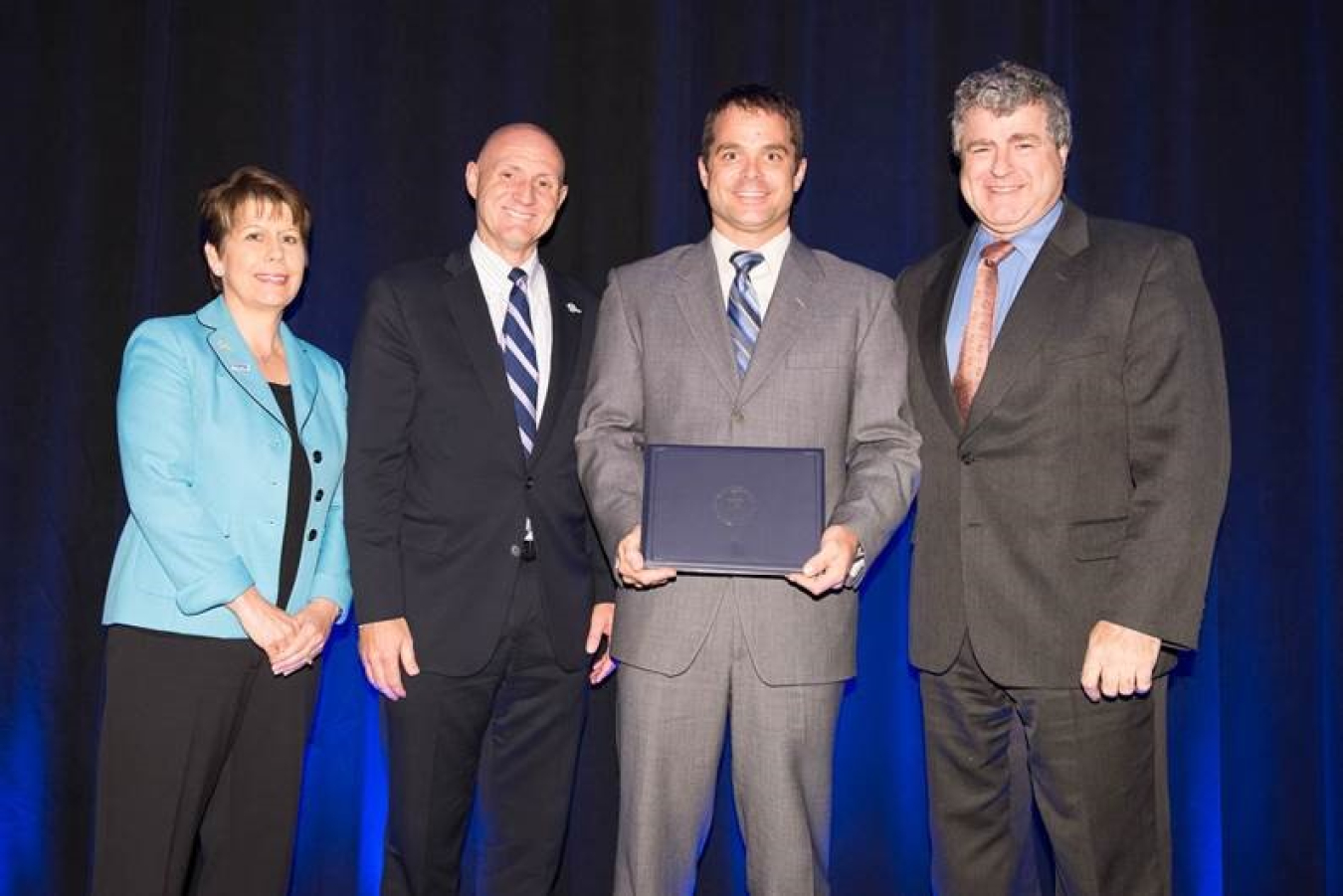
Sam Alvord, United States Coast Guard
As the chief, Office of Energy Management, Sam led his team to collaborate on and develop a green book for alternatively financed energy projects, which sets an overall framework for critical decisions and coordination milestones and documents how the Coast Guard develops, evaluates, approves, awards, implements, and manages these projects.
Randy Anderson, National Park Service
In only one year, Randy planned and implemented several energy and water savings projects, including the replacement of nearly every light fixture with LED bulbs, helping his park to conserve about 111 million Btu per year, representing savings of nearly 22% in electricity use and $6,000 in electricity costs annually.
Monta Baskerville, National Park Service
Monta connected with and educate local, regional, and National Park Service leadership, resulting in the award of an innovative, region-wide energy savings performance contract at the National Capital Region’s 17 parks, the first two phases of which will conserve more than $3 million, 24.7 billion Btu of energy, and 127 million gallons of water every year.
In addition to corralling and leading the U.S. Department of Interior’s independent bureaus toward resource efficiency goals, Mary actively connects and collaborates in interagency working groups, volunteers her time and expertise to the benefit of other agencies, and is a conscientious reporter of her agency’s performance data.
Sarah Perrin, Bureau of Reclamation
As the environmental management system (EMS) coordinator at Reclamation's Central California Area Office, Sarah has connected with staff through awareness training and Green Team meetings to help find projects that qualify for EMS funding, including projects that save energy and water and/or use renewables or recycled materials.
Nikki Adkins, Bureau of Prisons
As a contracting specialist brand new to utility energy service contracts, Nikki collaborated with members of her acquisition team and utility representatives to award two major contracts in Brooklyn, New York and Taft, California in just a few short months, with a total project investment of nearly $60 million.
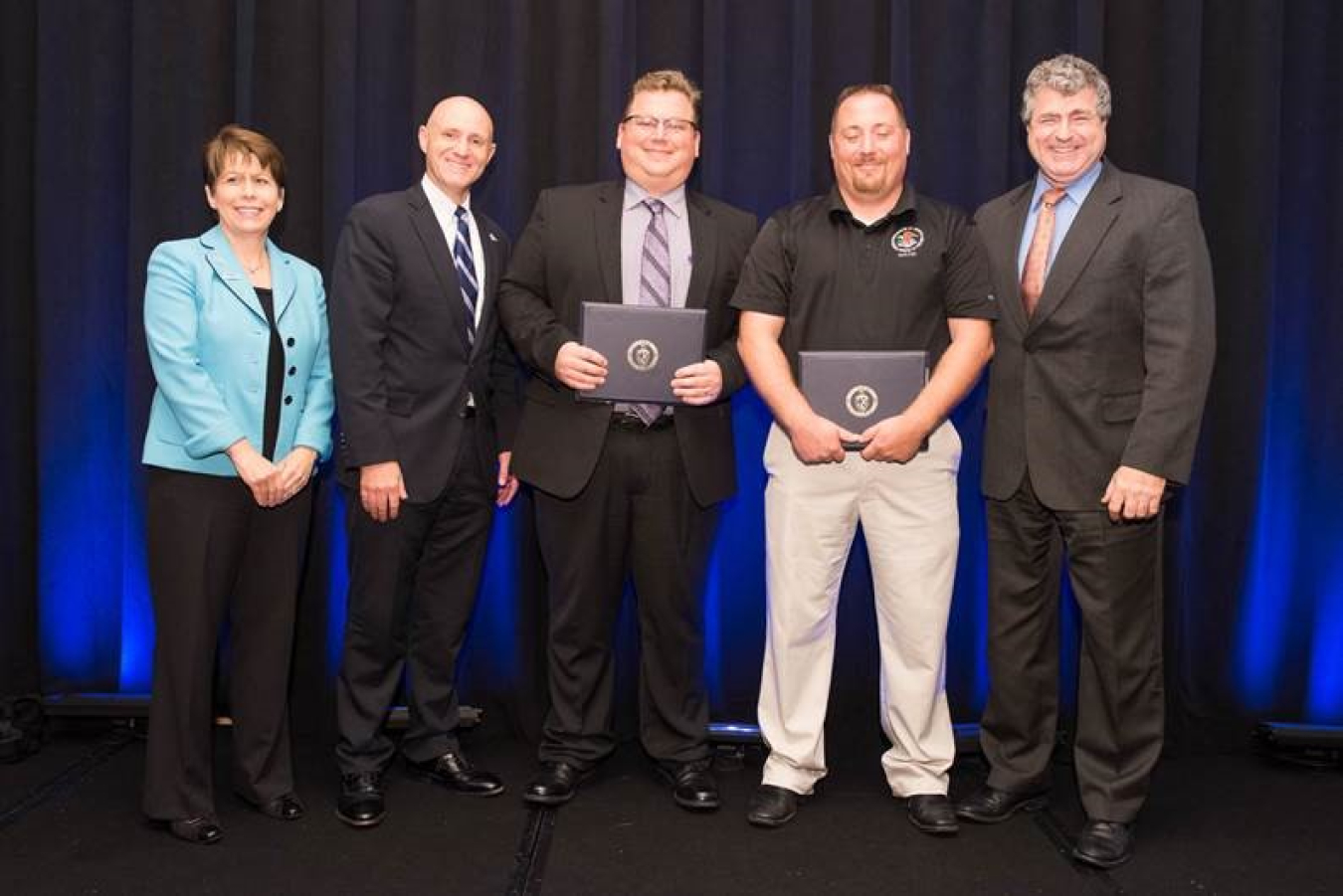
Charles Hein and Marc Wolff, Bureau of Prisons
Charles and Marc connected with colleagues at facilities in the field, motivating them to embrace financed projects, leading to the delivery of seven performance contracting awards in only one year that will remedy failing infrastructure and save energy and water across the organization.
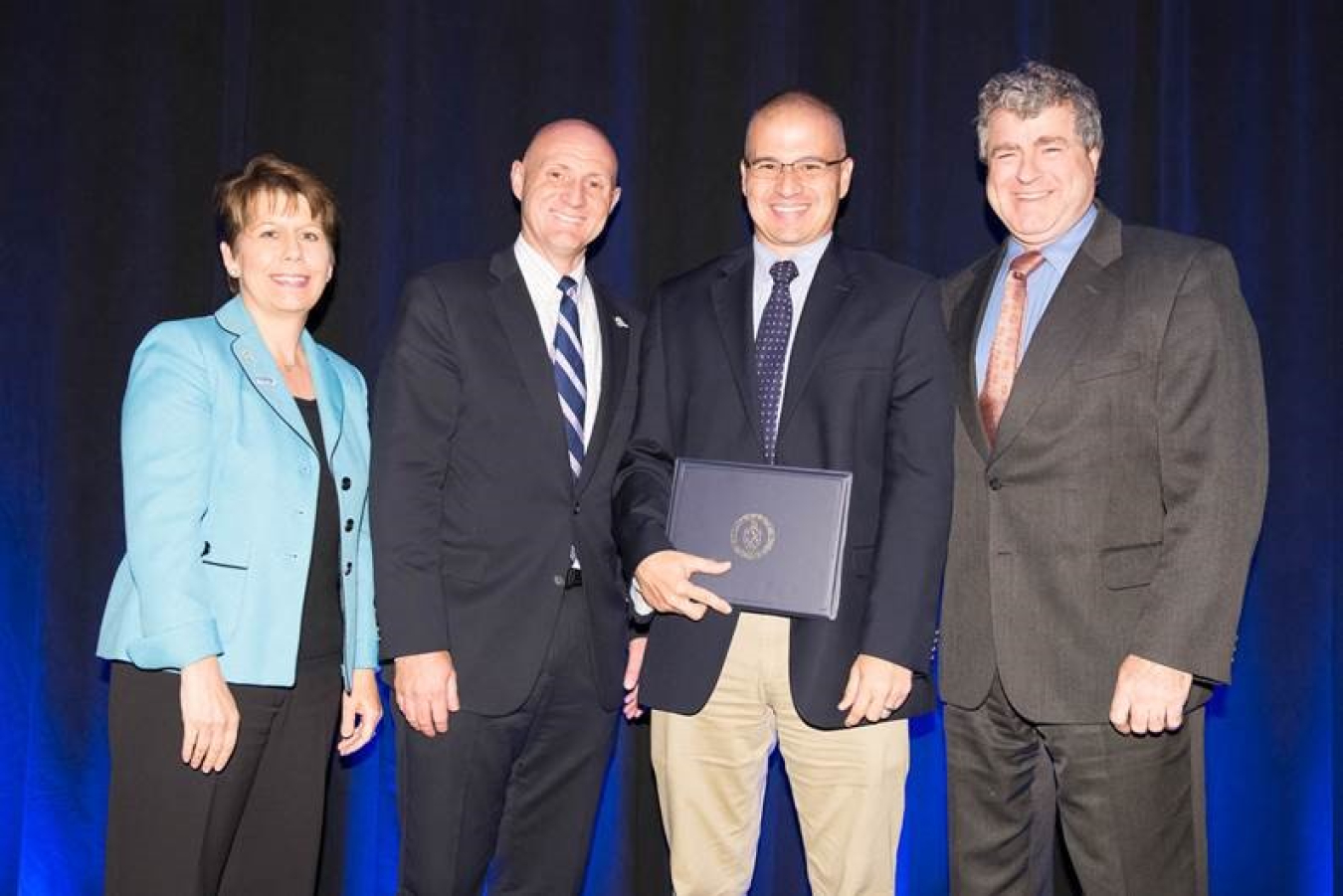
Dr. Ariel Castillo
Ariel collaborated with multiple DOD components and other federal agencies, leading a working group to develop an energy resilience policy to be implemented by more than 500 installations to meet DOD’s resilience goals, while reaching out to each component through meetings, presentations, and user-friendly guidance to demonstrate the connection between energy resilience and conservation.
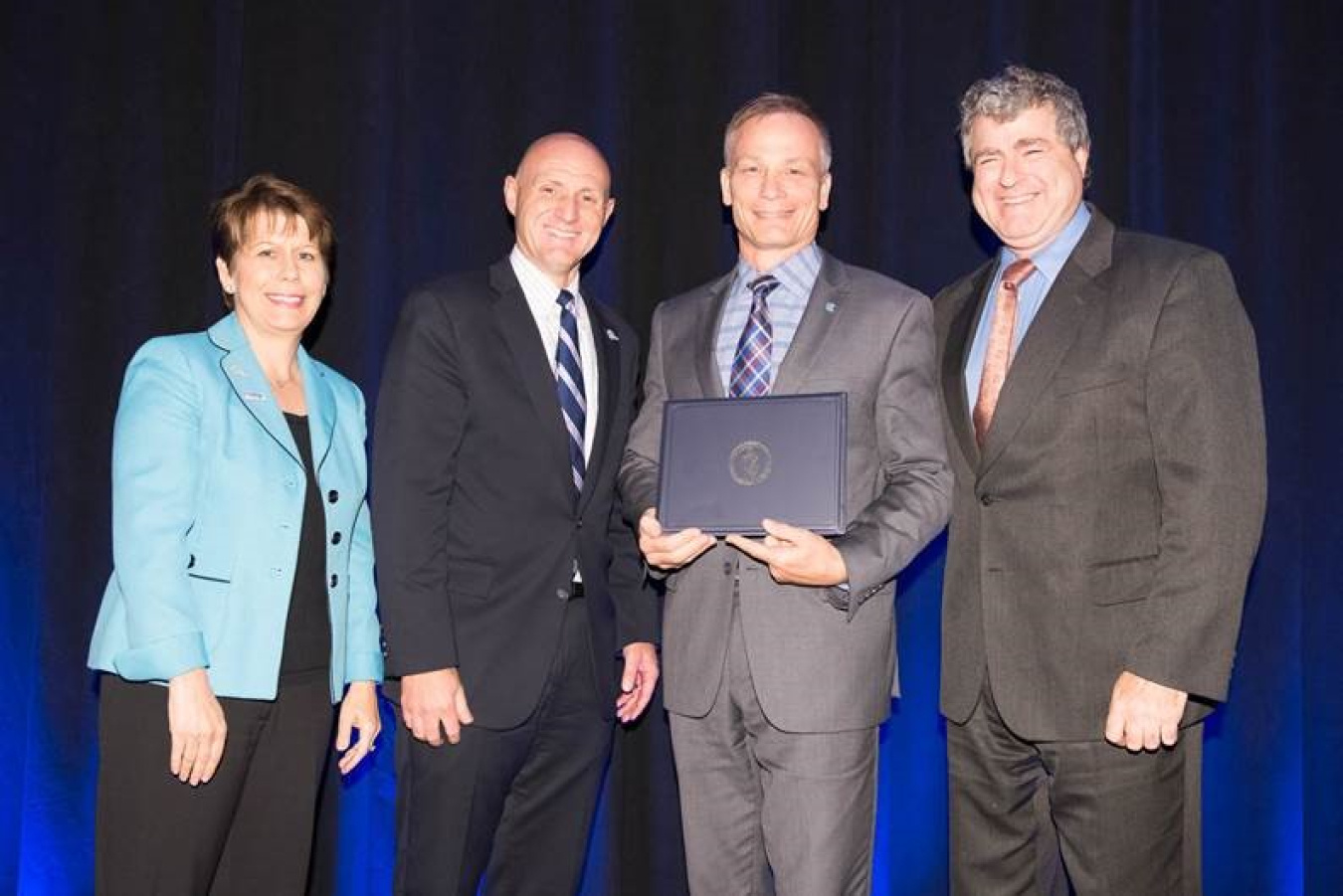
Daryl Haegley
Daryl developed a process to identify vulnerable facility-related control systems (FRCS) to assist all DOD stakeholders in implementing FRCS cybersecurity and provided a step by step method for guidance compliance, enabling DOD Components to leverage new technologies to reduce cybersecurity vulnerabilities and implement solutions to meet energy conservation goals.
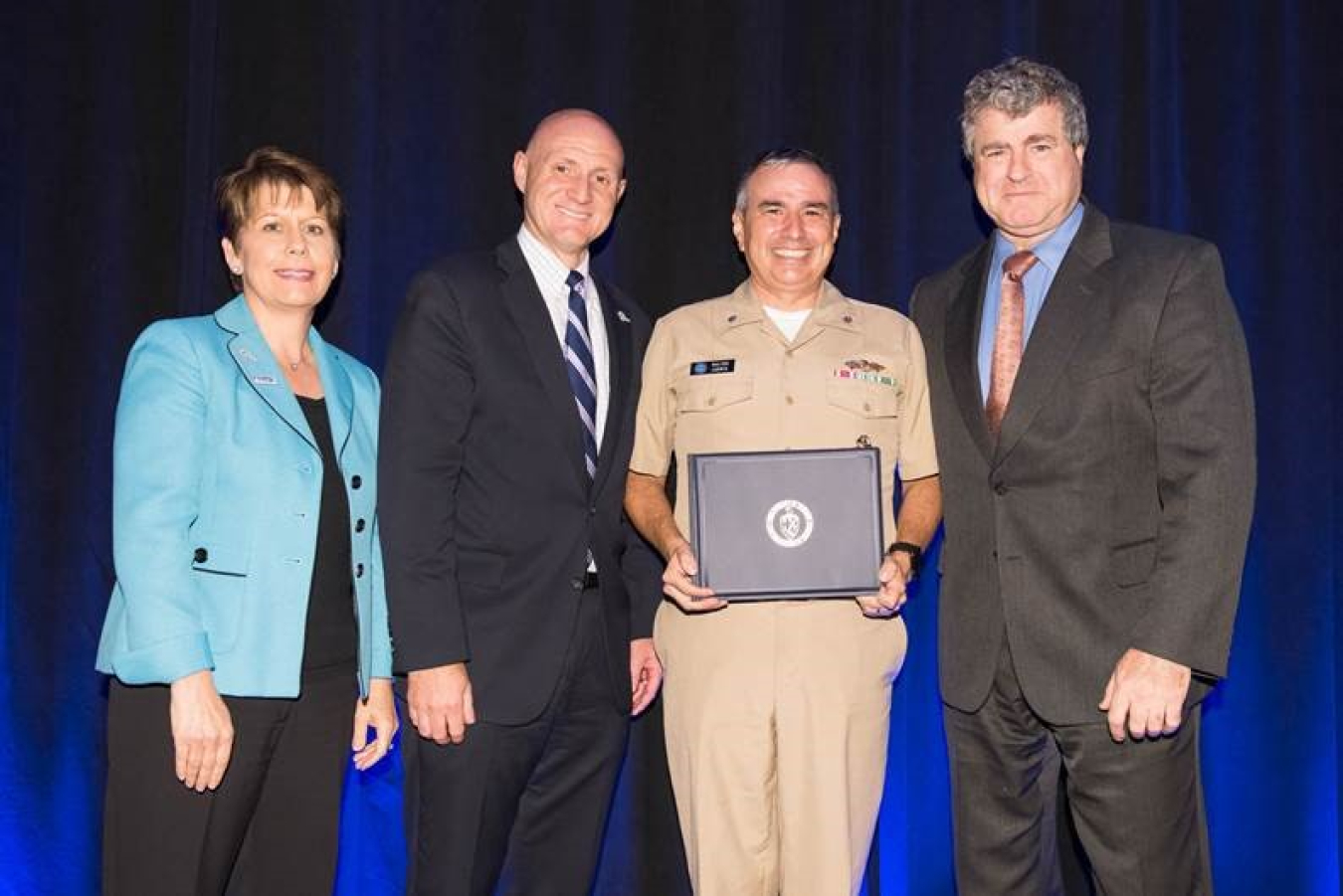
CDR Walter Ludwig
Walter developed DOD’s Installation Energy Plan Policy, working side by side with his counterparts and external stakeholders to understand the issues and requirements to create holistic energy plans that effectively address energy conservation and energy resilience at DOD sites, and providing continuous outreach to ensure cost-effective solutions are implemented.
Don Campbell, National Cemetery Administration
As the champion for the National Cemetery Administration’s (NCA) energy, water, and fleet conservation for 12 years, Don wrote energy, water, and sustainability program manuals; initiated water conservation and renewable energy programs; and collaborates throughout the year with NCA personnel to help analyze energy, water, and fuel use.
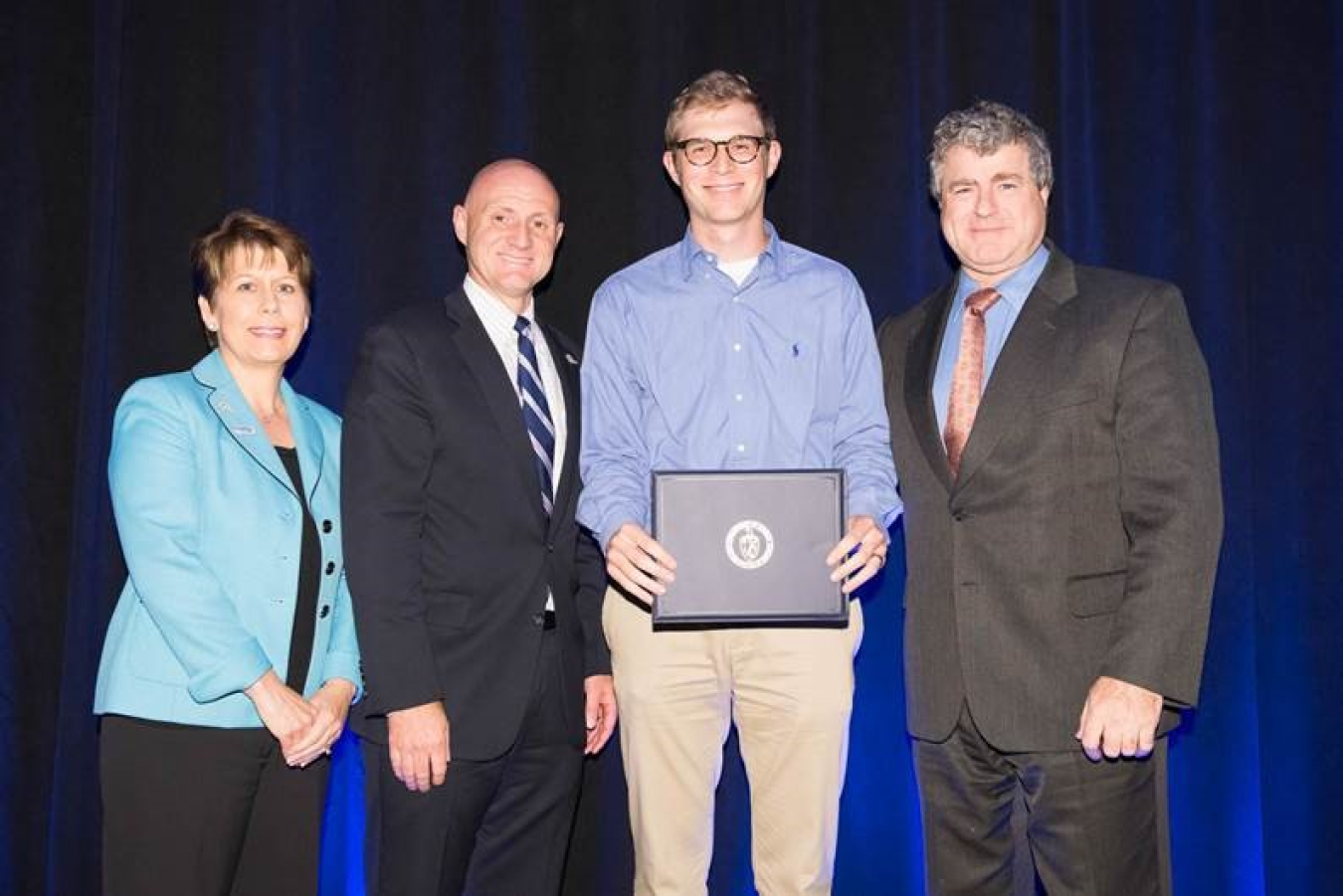
Benjamin Carlson, U.S. Department of Veterans Affairs
With his enthusiastic involvement each year in FEMP’s Veteran Interns Scholars Program, Ben helps to lead by example, using his skills and knowledge to connect and collaborate closely with FEMP, interns, and other stakeholders to ensure the project assignments and outcomes are rewarding and successful for all participants.
Ben Machol and Ray Saracino
Recognizing a great need to connect multiple federal agencies with the shared goal of purchasing renewable power, Ben and Ray led the formation of the U.S. Environmental Protection Agency’s partnership with FEMP, the General Services Administration, and the U.S. Forest Service to achieve the first federal aggregated procurement, boasting significant economies of scale and laying the groundwork for a whole new approach to implementing renewable energy systems.

Ngan Pham, National Archives and Records Administration
Ngan connects with others to share unique strategies, including an idea to set back heating, ventilation, and air conditioning systems in the National Archive and Records Administration’s archival stacks, allowing temperatures in the spaces to drift overnight and on weekends but remaining within archival standards—now being applied at museums and archival storage facilities worldwide to conserve energy and money for the agency.
Download higher resolution photos of the honorees.

